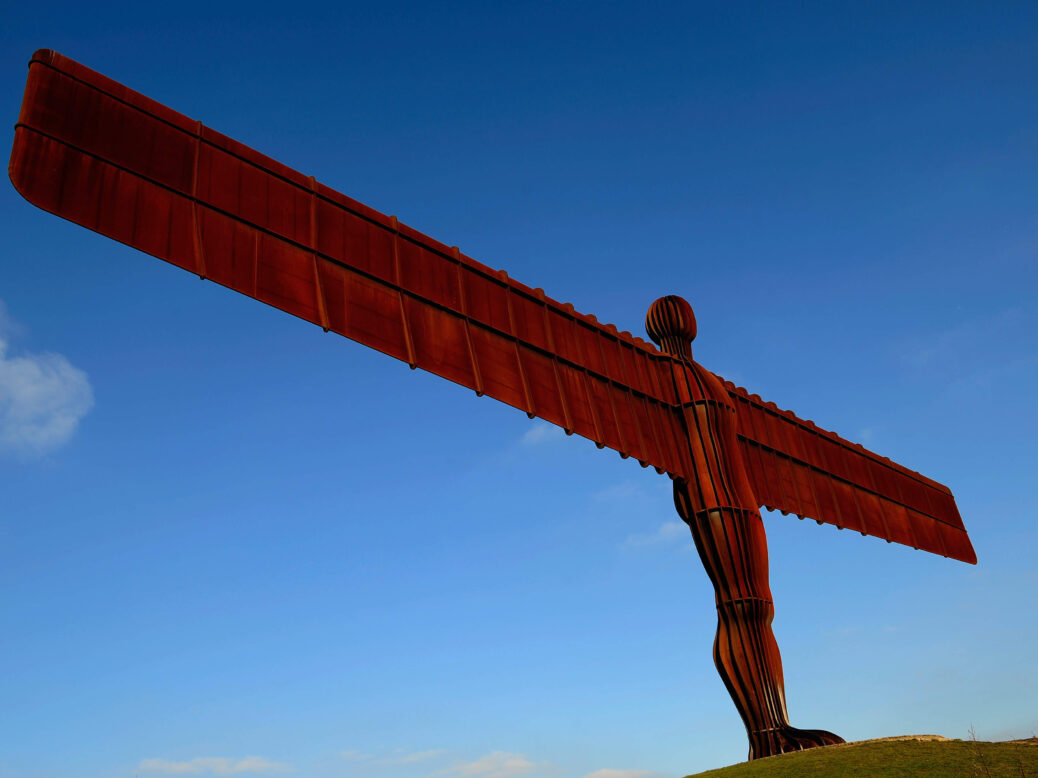
There’s nothing that the great mass of us enjoy more than exercising our fine discrimination: “This is good,” we delight in saying, “while that is emphatically bad.” We point to the sky and announce, “Up!” Then gesture to the ground while weightily intoning, “Down.” We have no hesitation when it comes to branding things, convictions and even people as either U or non-U and, although our numerical system is decimal, we’d probably prefer it if it was binary. All of which explains, at least in part, why it is that we speak of “the north” and “the south” as if they were entirely distinct places, separated not by another debatable land, the Midlands, but miles of desert or raging ocean.
I say this mental foible provides only a partial explanation because the history of our false regional dichotomising is bound up with our history. I don’t mean to suggest that there is no distinctive culture in the north of England – I’m not suicidal – but the great extent to which we perceive it as so is, I think, paradoxical. As the first industrialised nation, we experienced the great homogenising impact of the railways earliest – and began accommodating to it right away. By the 1840s, you could travel from pea-soupers to mushy peas in a matter of hours and I’d contend it was the sheer pleasure in traversing this disjunction that helped to preserve it in the aspic of our anecdotage.
Today, with local dialects being steadily submerged beneath the estuarine mud and quaint customs crumbing into dust like desiccated corn dollies, we find only the strong contrast provided by rapid north-south transit gives us any sense of change at all – and so we laud it: “This is north!” We cry, clogdancing our way into Piccadilly, although we were soft-shoe-shuffling our way through the London one only a short time before. But if you want to understand how the south shades imperceptibly into the north, there’s a way at hand (or, perhaps, foot): simply walk there – which is what my 11-year-old son and I did this summer, setting off from our home in London on the morning of 12 July and arriving in Whitby, North Yorkshire, 15 days and 288 miles later.
Moving at three miles per hour through the hinterlands of England gave us both the rare opportunity to experience what remains inhering in the physical topography of our cultural landscape, because when you’re labouring up and down hills rather than caroming through cuttings, you register every minute alteration in vernacular architecture, in flora and fauna; and when you stop in a pub for a ginger beer and packet of crisps, you also register the equally subtle modulation of the barman’s accent as against that of the barman in the last pub. On the East Coast main line, Peterborough seems like an outer-London suburb, gained after an hour or so of clacking and snacking; but if you take five days getting there and spend the night before at Cromwell’s home town, Huntingdon, you’re in no doubt that you’re in the Roundheaded Midlands.
And if you then set off across the shimmering agri-desert of Lincolnshire – which takes another five days to traverse on foot – you begin to appreciate how this land is a great and dappled unity. Indeed, Lincolnshire is so very big that while its feet dabble in the metropolitan hugger-mugger, its head is in the northern fastness. In Spalding, there was still a nasal whine to the accent and the speciality in Turner’s chip shop was mushy peas with balsamic vinegar but by the time we got to Caistor on the northern edge of the Wolds, we were being served chip butties within eebah-gumming distance of the Humber.
Still, if I were forced to identify a precise point where south met north and it was quite impossible for me to exercise my own fine discrimination, then I’d say it came in the little village of Helpringham, about 111 miles due north of London. We came sweating in out of the heatwave to the Nag’s Head pub, got our ginger beers in and sat watching, enthralled, as a group of middle-aged men started performing calisthenic tricks in the public bar. One picked up a beer mat with his mouth while doing the splits, then a second – still more Father William – was encouraged to do his party piece: standing on his head. With jokey asides, we were made to feel that we were included in this display and while I’m by no means certain that such antics don’t go on down souf, nonetheless the sense of beery masculine sodality seemed, to this southern sod, very definitely of the north.






